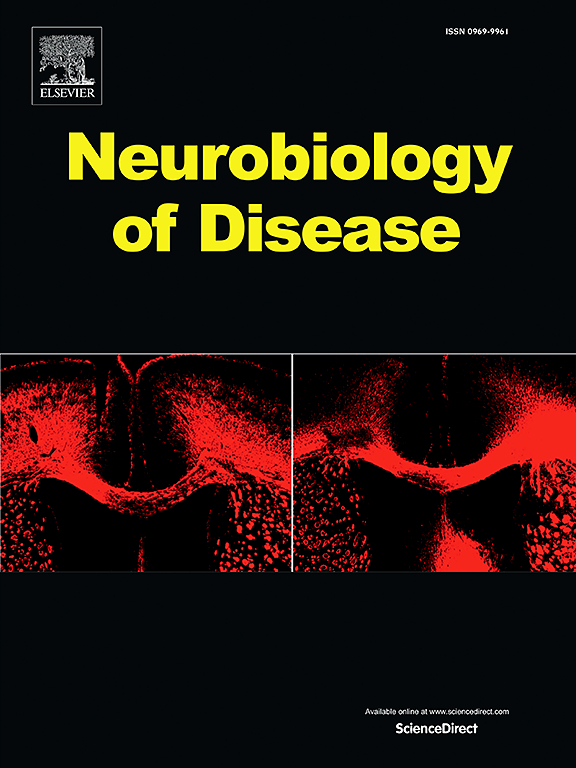An unraveled mystery: What's the role of brain sphingolipids in neurodegenerative and psychiatric disorders
IF 5.1
2区 医学
Q1 NEUROSCIENCES
引用次数: 0
Abstract
Sphingolipids are a class of lipids highly expressed in brain, especially in the myelin sheath of white matter. In recent years, with the development of lipidomics, the role of brain sphingolipids in neurological disorders have raised lots of interests due to their function in neuronal signal transduction and survival. Although not thoroughly investigated, some previous studies have indicated that sphingolipids homeostasis are closely linked to the etiology and development of some neurological disorders. For example, disrupted sphingolipids level have been found in clinic patients with neurological disorders, such as neurodegeneration and psychiatric disorders. Conversely, intervention of sphingolipids metabolism by modulating activity of related enzymes also could result in pathological deficits identified in neurological disorders. Moreover, the alteration of sphingolipids catabolic pathway in the brain could be partly represented in cerebrospinal fluid and blood tissues, which show diagnostic potential for neurological disorders. Therefore, our review aims to summarize and discuss the known contents of bioactive sphingolipid metabolism with their related studies in neurodegenerative and psychiatric disorders, to help understand the potential mechanism underlying sphingolipid regulation of neural function and provide possible directions for further study. The new perspectives in this promising field will open up new therapeutic options for neurological disorders.
鞘磷脂是一类在大脑中高度表达的脂质,尤其是在白质的髓鞘中。近年来,随着脂质组学的发展,脑鞘磷脂因其在神经元信号转导和存活中的功能而在神经系统疾病中的作用引起了广泛关注。尽管研究并不深入,但以往的一些研究表明,鞘脂平衡与一些神经系统疾病的病因和发展密切相关。例如,在神经系统疾病(如神经变性和精神疾病)的临床患者中发现鞘磷脂水平紊乱。反之,通过调节相关酶的活性来干预鞘磷脂代谢,也可能导致神经系统疾病的病理缺陷。此外,脑内鞘磷脂分解代谢途径的改变可在脑脊液和血液组织中得到部分体现,这些组织具有诊断神经系统疾病的潜力。因此,我们的综述旨在总结和讨论生物活性鞘脂代谢的已知内容及其在神经退行性疾病和精神疾病中的相关研究,以帮助理解鞘脂调控神经功能的潜在机制,并为进一步研究提供可能的方向。这一前景广阔领域的新视角将为神经系统疾病开辟新的治疗方案。
本文章由计算机程序翻译,如有差异,请以英文原文为准。
求助全文
约1分钟内获得全文
求助全文
来源期刊

Neurobiology of Disease
医学-神经科学
CiteScore
11.20
自引率
3.30%
发文量
270
审稿时长
76 days
期刊介绍:
Neurobiology of Disease is a major international journal at the interface between basic and clinical neuroscience. The journal provides a forum for the publication of top quality research papers on: molecular and cellular definitions of disease mechanisms, the neural systems and underpinning behavioral disorders, the genetics of inherited neurological and psychiatric diseases, nervous system aging, and findings relevant to the development of new therapies.
 求助内容:
求助内容: 应助结果提醒方式:
应助结果提醒方式:


